
“Stargazing Peaks, Ancient Forests & River Adventures in Nan, Thailand”
Nestled in the northeastern corner of Nan Province, Si Nan National Park (อุทยานแห่งชาติศรีน่าน) is a pristine wilderness teeming with biodiversity, dramatic landscapes, and cultural richness. Spanning over 1,024 square kilometers, the park extends across Wiang Sa, Na Noi, and Na Muen districts, embracing a stretch of the meandering Nan River, towering mountain ranges, and mist-kissed cliffs. For nature lovers, photographers, trekkers, and stargazers alike, Si Nan offers a unique opportunity to immerse oneself in Northern Thailand’s most underrated protected area.
Established in 2007, Si Nan National Park protects a key part of the Luang Prabang Range—a mountainous region shared by Laos and northern Thailand. The park’s elevation ranges from low-lying river valleys to high ridges, with its highest point being Khao Khun Huai Huek, rising to 1,234 meters above sea level. This topographical diversity results in various ecosystems, from evergreen forests and pine ridges to open grasslands and seasonal bamboo groves.
The province’s lifeblood, the Nan River, carves a sinuous path over 60 kilometers through the park, flanked by limestone cliffs, forested hills, and cultural landscapes. These riverside cliffs and their surrounding plateaus are particularly famous for dawn and dusk views that captivate photographers and romantics alike.
Aside from its natural appeal, the park forms a vital ecological corridor linking northern forests to larger conservation networks across the Thai-Lao border. Its environmental significance goes beyond beauty—it serves as a habitat, a watershed, and a vital piece of Northern Thailand’s conservation puzzle.
Si Nan is not one singular experience—it’s a collection of mini destinations within one protected boundary. Each attraction offers a unique perspective on the park’s rich tapestry of nature and heritage.
1. Doi Samer Dao (ดอยเสมอดาว)
Arguably the most famous destination within the park, Doi Samer Dao is an exposed hilltop campsite with 360-degree panoramic views. The name translates to “Mountain Beside the Stars,” for good reason—its remote location, high elevation, and lack of light pollution make it one of Thailand’s premier stargazing spots.
On clear nights, visitors can observe constellations, the Milky Way, and occasional meteor showers with the naked eye. During the day, the view stretches across forested valleys, the winding Nan River, and distant peaks, often floating above morning fog. Visitors typically pitch tents at the designated camping ground, which offers basic facilities and dramatic sunrise experiences.
2. Pha Chu & Pha Hua Sing Cliffs
Near Doi Samer Dao lie two other spectacular lookout points: Pha Chu (ผาชู้) and Pha Hua Sing (ผาหัวสิงห์). Pha Chu, known as the “Cliff of Loyalty,” offers a scenic rock face towering over the Nan River. This is a favorite sunrise spot, where the early morning mist blankets the valleys like a sea of clouds.
Pha Hua Sing, shaped like a lion’s head, offers a slightly quieter and more intimate lookout experience. These cliffs are accessible via short trails from the Doi Samer Dao camping area, making them perfect for early morning or late afternoon walks.
3. Kaeng Luang (แก่งหลวง)
For thrill-seekers, Kaeng Luang is a hidden gem. This stretch of the Nan River offers moderate whitewater rafting, particularly from November to April, when water levels are suitable but not dangerously high. The surrounding area is encased in cliffs and jungle, creating an adventure-lover’s playground with natural obstacles and lush riverbanks. Local operators offer guided rafting tours, including riverside picnics and interpretive forest walks.
Si Nan National Park is more than just scenic—it’s ecologically vital. Thanks to its range of elevations and relatively intact habitat, the park hosts a mosaic of forest types, including:
Flora
Among the park’s notable tree species are:
Fauna
Despite its limited fame, Si Nan is home to a surprising array of wildlife, including:
The park’s prolific birdlife includes hornbills, laughing thrushes, and various migratory species. During the migratory season (October to February), it is an excellent destination for birdwatchers.
Whether you’re in it for adventure, relaxation, or immersion in biodiversity, Si Nan offers a wide range of activities.
1. Camping & Hiking
Camping at Doi Samer Dao is a must for anyone visiting the park. Tents can be rented on-site or brought by visitors. The experience includes early morning fog views, afternoon breezes, and unforgettable night skies. Basic facilities such as toilets, showers, and food stalls are available during high seasons (November–February).
Short hiking trails connect campsites with viewpoints like Pha Chu and Pha Hua Sing. These trails are well-maintained, beginner-friendly, and accessible to children and older travelers.
For the more adventurous, a ranger or guide can arrange longer treks deeper into the park’s interior. These explore forest ridgelines, hidden waterfalls, and possible wildlife encounters.
2. Wildlife Spotting
Si Nan is not a zoo—you won’t see animals on demand—but dawn and dusk provide the best chances to spot some of its shyer residents. If you’re quiet and lucky, you might spot:
3. Rafting & River Exploration
Kaeng Luang is the center for river activities. The Nan River flows through rugged gorges and past dense forests, making rafting thrilling and scenic. Trips typically range from 2 to 4 hours, with experienced guides navigating boulders, swells, and quiet pools. Dry season months (Nov–Apr) offer safety and visibility.
Riverbank picnics and occasional swimming breaks enhance the experience, and interpretive guides share stories about local ecology and tribal heritage.
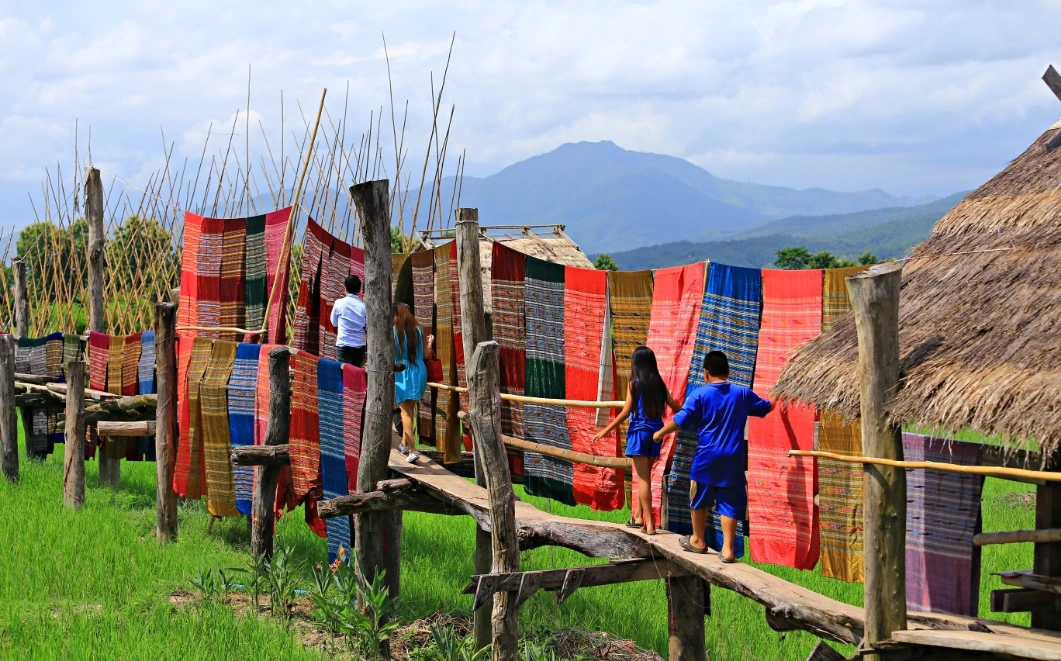
While most famous for its nature, Si Nan is deeply connected to Nan Province’s human heritage. Surrounding villages—particularly in Na Noi and Na Muen—are home to Tai Lue and Hmong communities. Traditional houses, handmade textiles, and sacred forest beliefs shape the park’s cultural context.
Some homestay programs in nearby villages offer experiences that include forest walks, weaving lessons, and local meals. These community-based tourism options help support conservation by creating income alternatives to deforestation or unsustainable agriculture.
| Season | Months | Highlights |
| Cool/Dry | November – February | Best weather, stargazing, camping |
| Hot/Dry | March – May | Wildflowers, fewer visitors |
| Rainy | June – October | Lush forests, waterfalls, and rafting |
Avoid peak Thai holidays like New Year or Songkran if you want solitude—Doi Samer Dao can become crowded during holidays.
Si Nan is approximately:
Camping site reservations can be made through Thailand’s Department of National Parks (DNP) website or at the park headquarters.
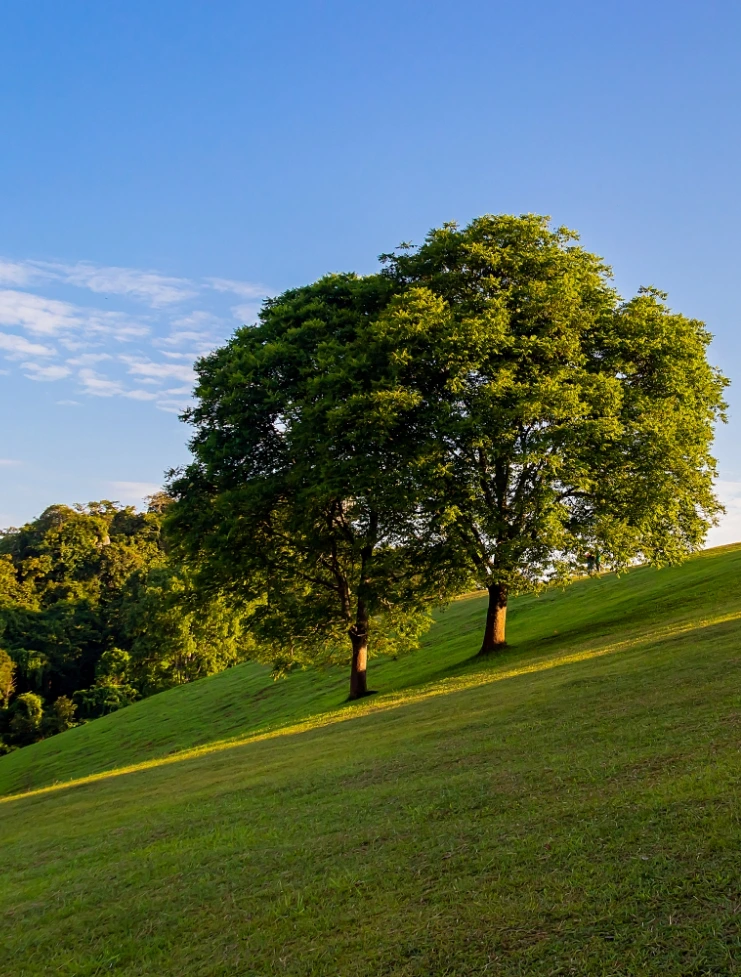
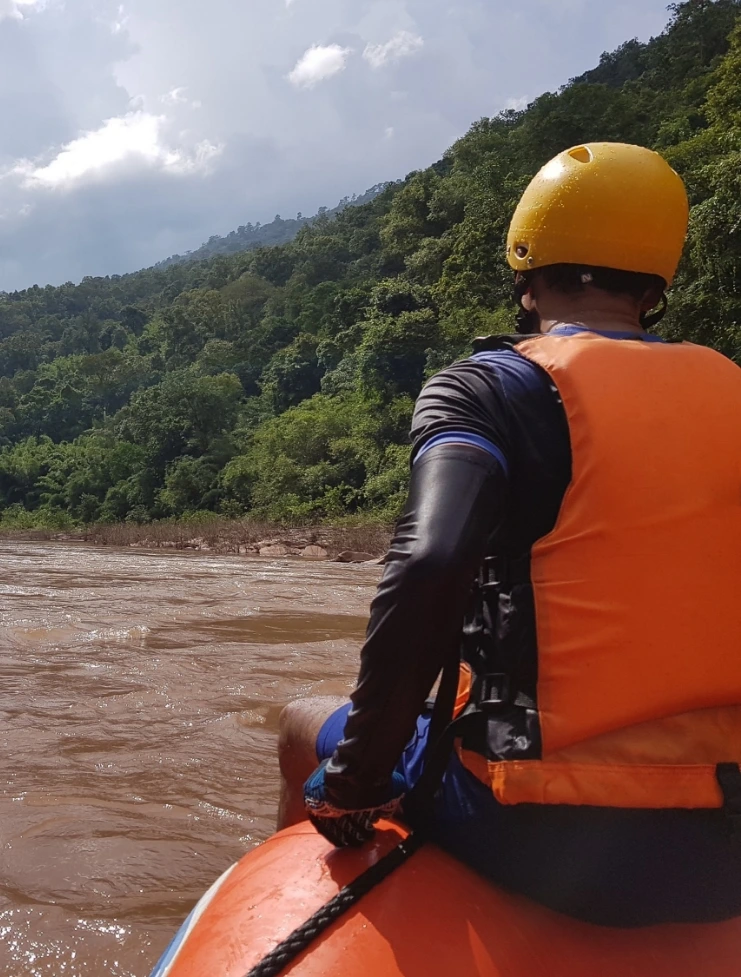
Si Nan National Park is where you can watch stars blaze across the night sky, raft through jungle-clad gorges, and listen to the whispers of ancient forests—all in one journey. Unlike Thailand’s more commercialized parks, Si Nan remains authentic, raw, and soul-stirringly serene.
Whether you’re here for a weekend escape or an in-depth trekking and camping experience, Si Nan is bound to change how you think about Northern Thailand’s natural beauty. It’s not just a national park—it’s a living, breathing sanctuary waiting to be explored.
Si Nan National Park is in Nan Province, Northern Thailand. It covers parts of the Wiang Sa, Na Noi, and Na Muen districts.
The park is about 80 km south of Nan City. The easiest way to get there is by private car or rental vehicle. There is limited public transport.
The cool season (November to February) is the most popular time for stargazing and hiking due to clear skies, cool weather, and good visibility.
Yes, it is recommended that you book your tent or camping space in advance through the Department of National Parks (DNP) website, especially during holidays.
Yes. Tents and basic camping gear are available for rent at the Doi Samer Dao campsite.
Absolutely! Doi Samer Dao is one of Thailand’s top stargazing spots, with little light pollution and clear skies during the dry season.
During peak season, local vendors operate food stalls near the campsite. However, it is recommended that you bring snacks and water.
Yes, the campsite has basic toilet and shower facilities.
You can hike to viewpoints like Pha Chu, watch the sunrise, go birdwatching, or join a whitewater rafting tour at Kaeng Luang.
Yes, the main campsite and viewpoints are accessible and safe for families and elderly visitors.
Related Stories
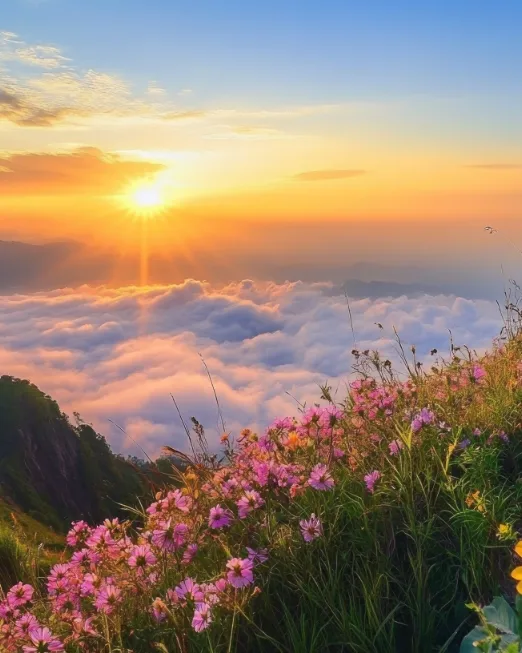
Discover 10 must-visit places in Nan, Thailand—from ancient temples and salt villages to stargazing peaks and scenic old towns. Explore the soul of the north.
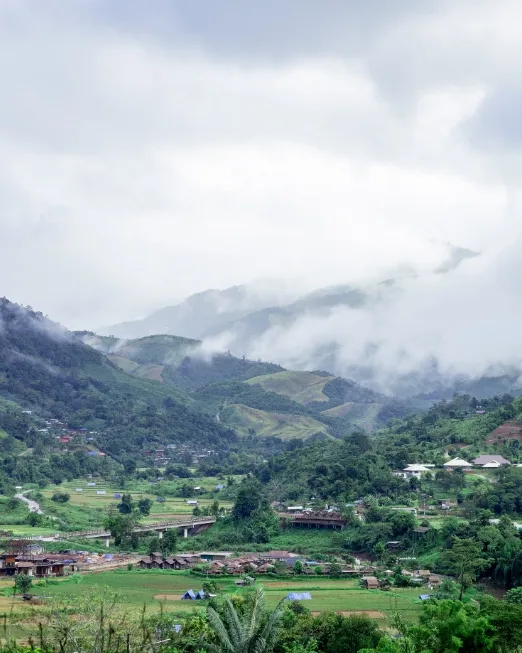
Learn how to get to Nan, Thailand, from Bangkok, Chiang Mai, and beyond by flight, bus, car, or train. The guide includes routes, travel times, and local tips for a smooth journey
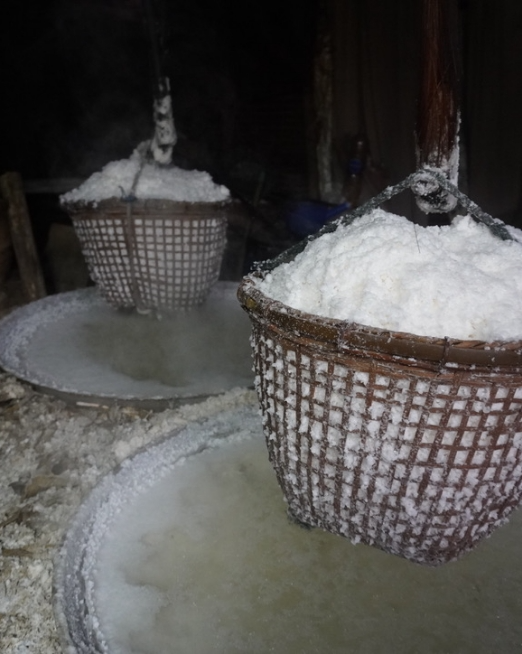
Planning a trip to Bo Kluea? Learn how to get from Nan City to Bo Kluea district by car, bike, or public transport. Includes travel times, scenic stops, and FAQs.
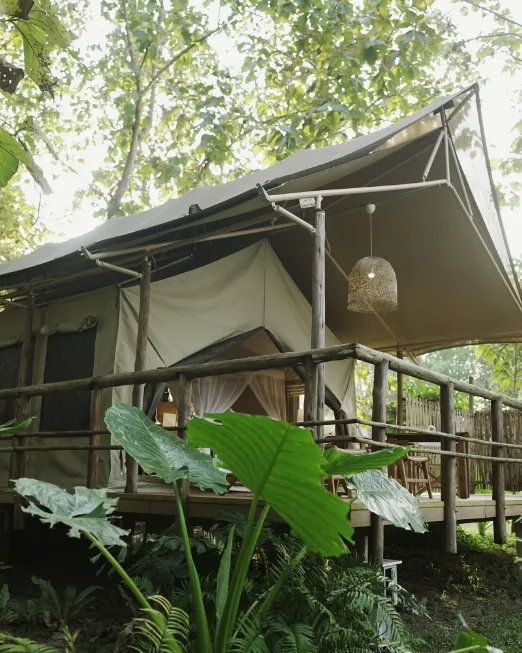
Planning your visit to Visama Explorer Nan? Learn how to reach our eco-luxury tented camp in Ban Wen, Bo Kluea from Nan City, Chiang Mai, Bangkok, and beyond — by car, flight, or private transfer.
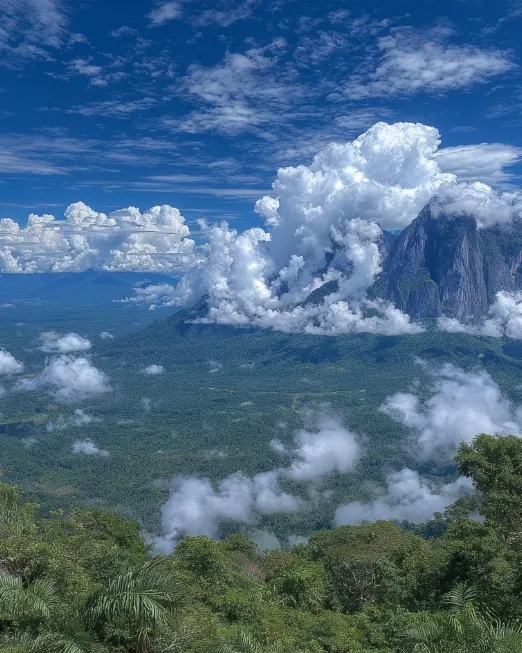
Explore Si Nan National Park in Nan, Thailand—a hidden gem for stargazing, hiking, rafting, and wildlife. In this untouched natural paradise, you can explore panoramic cliffs, rare forests, and the scenic Nan River.